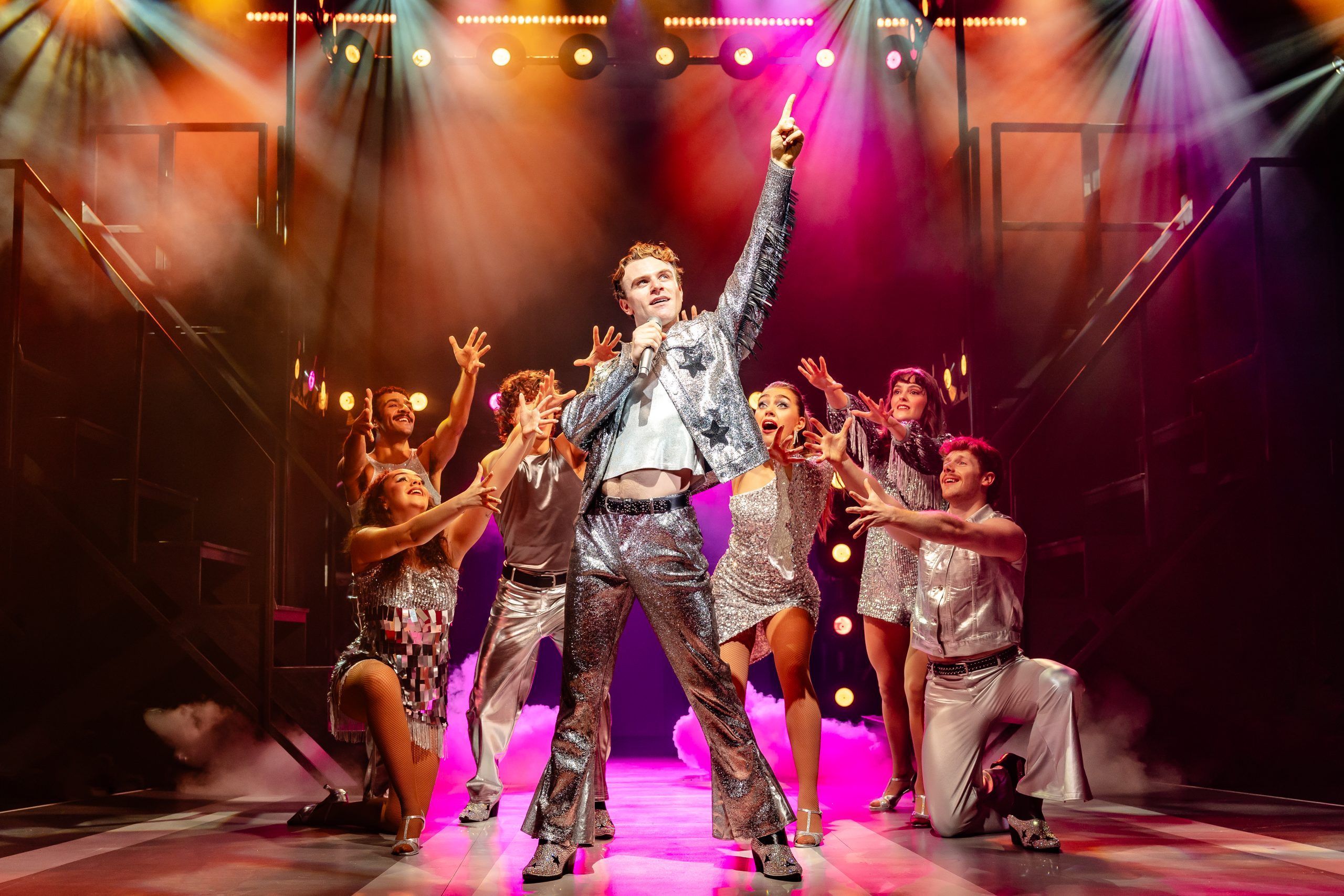
The media landscape has become too saturated, with plethora of channels where to market, a brand without a clear identity cannot survive. Having only logo to represent a brand is no longer the only part of brand recognition. It’s just a sliver of something much deeper—a multi-sensory, emotionally resonant identity system built to move, connect, and last. The brands breaking through now are those that design feelings, not just visuals.
Emotional branding also thrives in subtle integrations—how a brand navigates silence, spacing, or even absence in its storytelling. Consider how Patagonia uses restraint in its visual language to signal authenticity and environmental conviction. These moments of minimalism often speak louder than color-saturated campaigns.
From Recognition to Resonance
Branding used to be about recognition: shapes, colors, and slogans that stuck. Today, it’s about resonance. Modern identity systems are designed to make audiences feel something long before they know what a brand “means.” This shift reframes branding from a visual imprint to a psychological invitation. Brand strategists now explore behavioral science and cognitive linguistics to map emotional journeys, ensuring every touchpoint resonates beyond aesthetics.
Let’s take Balenciaga as an example. They have shifted from haute couture to cultural commentary. Or another great example is Apple, where product design folds seamlessly into a larger story of aspiration and trust. These brands don’t just present themselves—they perform a mood.
Emotion as Strategy, Not Decoration
Emotion isn’t an afterthought—it’s the new brand architecture. Brands now craft experiences to evoke specific reactions: nostalgia, freedom, intimacy, grit. Branding platforms like https://produkto.io do offer a way for brands to strategically embed emotion into their digital identity systems. By pairing modular design with human-centered frameworks, tools like these reflect a broader shift: empathy is no longer just a soft skill—it’s a brand superpower. With the rise of emotion-focused platforms, even startups can create brand systems that flex across environments—mobile, print, voice, spatial—with emotional coherence.
We’re also seeing a democratization of emotional storytelling. No longer exclusive to legacy brands with deep pockets, emotionally intelligent branding is now accessible through open-source design systems, community-driven aesthetic testing, and user-feedback loops that prioritize lived experience.
The Age of Experiential Branding
Branding has become experiential. Whether you’re browsing a product page, opening packaging, or scrolling through branded TikToks, you’re entering a narrative ecosystem.
- Glossier didn’t scale via visuals—it created a community and tone that felt like friendship.
- A24 Films uses brand mood as currency. Every trailer, merch release, and social caption drips with emotional tone: indie, melancholic, surreal.
- Spotify Wrapped turns data into annual nostalgia and user pride—a perfect ritual of emotional engagement.
Ritualized engagement creates emotional anticipation. Brands that build annual or seasonal interactions—think Starbucks’ red cups or LEGO’s holiday catalog—anchor themselves in personal timelines. These rhythmic moments contribute to emotional memory and brand longevity. Brands aren’t delivering products anymore. They’re hosting moments.
Micro-Emotions and Sensory Layering
With the spread of AR, ambient computing, and voice interfaces, designers now build for “micro-emotions”—the tiny reactions users have to interaction sounds, animations, haptic feedback, even a chatbot’s rhythm.These small emotional cues stack up. When designed intentionally, they build lasting brand memory.
Even interface decisions—like Netflix’s “skip intro” button or Duolingo’s cheeky reminders—reveal how emotion lives in detail. Branding now whispers as much as it shouts. Micro-interactions are becoming a playground for emotional UX. From the warmth of a success animation to the empathetic phrasing in error messages, these nuanced signals form the emotional backbone of digital identity.
Design Systems with Emotional Range
Modern brands require adaptable, emotionally intelligent design systems. One-size-fits-all is obsolete. Design platforms and frameworks increasingly offer modularity—where assets can change fluidly based on audience, mood, or channel while retaining emotional DNA. Branding Tools exemplify this ethos, giving creators space to build with both logic and feeling.The emotional spectrum embedded in design systems enables brands to match context—offering playful tones on social media, calming palettes in wellness apps, and assertive compositions in fintech dashboards. Emotional elasticity is now a strategic imperative. This allows brands to be intimate and scalable, responsive and grounded.
The Soul in the Copy
Visuals get noticed, but copy builds trust. Tone of voice has become core to emotional branding.
- Nike uses sharp, short sentences that evoke grit and ambition.
- Duolingo injects humor and chaos into push notifications, creating unexpected delight.
- Even public institutions are rewriting their tone to feel more human, more caring.
Governments and NGOs are adopting emotionally aware copy to connect in times of crisis. For example, during the COVID-19 pandemic, public health organizations revamped digital messaging to be soothing and empathetic—reducing anxiety and boosting trust through tone. Language is mood. And brands that master it often feel more alive than the products they sell.
The Next Chapter: Intuitive Identity
What happens when branding starts responding to us emotionally in real-time? With biometric feedback, AI-driven personalization, and mood-based UX design, we may soon interact with brand systems that sense how we feel and respond accordingly.
Imagine a skincare site that changes its color palette based on your stress levels, or a news app that softens its tone on difficult days. Emotional branding may move from passive to intuitive. These interactions move branding into the realm of real-time emotional choreography. Brands may soon adjust interface rhythm, tone of voice, and even music selection based on biometric cues—crafting moment-by-moment emotional synchrony
Closing Thought: Branding That Feels
The future of branding lies not in recognition—but in emotional recall. The best brands feel like memories, moods, environments. They don’t just mark products—they frame experiences.
To stand out today, a brand must first feel right. And when it does, it’s no longer just a name. It’s a feeling.




